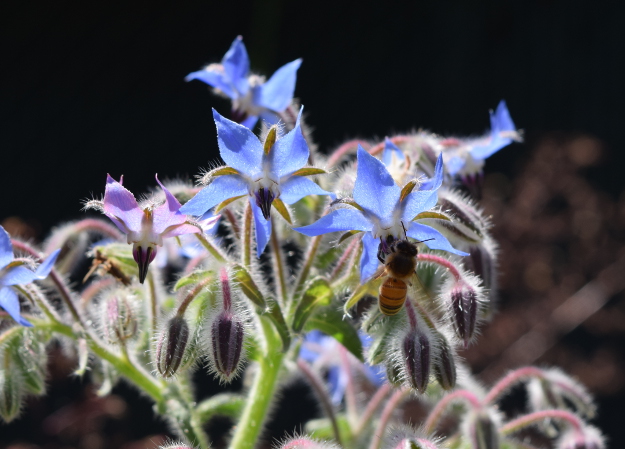
By growing borage (Borago officinalis), I’ve been feeding butterflies all along and didn’t realize it.
I love Portland, but I’ve been lamenting its scarcity of butterflies since moving here two years ago. Back in the Ohio Valley, I raised monarchs, viceroys, tiger swallowtails, zebra swallowtails (my favorite), giant swallowtails, spicebush swallowtails, pipevine swallowtails, red-spotted purples, and American ladies from eggs and held them on my finger while they dried their wings in preparation for their first flight.
I was the butterfly lady who would bring chrysalises in to work, so others could watch them emerge, too.
But butterflies aren’t too common here, and I haven’t bothered to learn much about local species and get their host plants into my garden. I’m growing lots of milkweed on the off-chance that a monarch swings by (I did see one breeze through earlier in the year), but other than that, I’ve done a poor job of providing for butterflies.
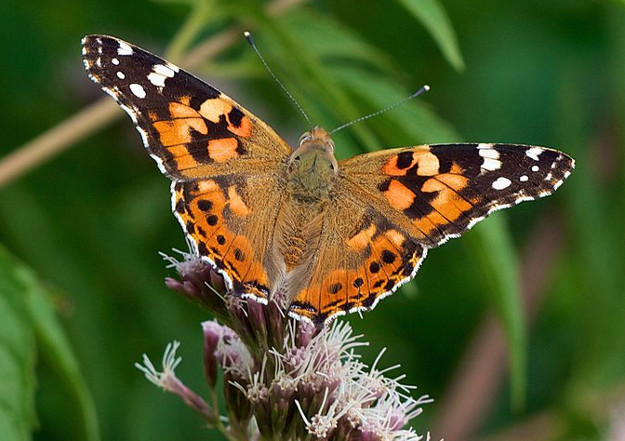
So, I was working near one of my holding beds today when a painted lady butterfly stopped by. She had the urgent behavior of a female looking for a host plant, which I recognized well. She would hover over a plant and land, “tasting” it with her feet to see if it was suitable, moving hurriedly from one plant to another. She was concentrating on my borage, which I have everywhere. It has seeded itself around and I let some plants live because it pleases the bees.
But borage is not a food plant for painted ladies, or so I thought.
I remembered that they ate thistles. Poor thing! She saw my messy holding bed and thought it would be a good place to score some thistle, saw the scratchy leaves and got excited, but tasted it and it was only borage.
I consulted my butterfly books to see what else painted lady caterpillars ate. Hollyhocks! I happened to have three little hollyhocks I’d grown from seed for the heck of it but had never planted, so I threw them in my holding bed and watered them in, feeling satisfied that I’d done what I could and that maybe she’d be back.
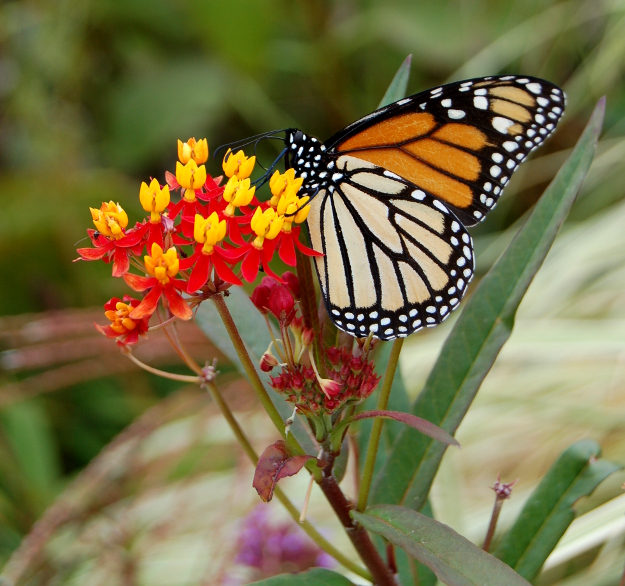
Then I decided to read up a little more, and lo and behold I found that borage IS a host plant for painted lady butterflies. From hearing about the plight of the monarch butterfly, which eats only milkweeds, you might think that all butterflies are picky eaters, but some are not and can raise their young on several different plants. For the sweet little painted lady, borage is one of those plants.
When I lived in Kentucky, one of my neighbors was Wayne Richards, who with his sister Judy Burris wrote the most fantastic butterfly book ever, The Life Cycles of Butterflies. It has photos of all of the common Eastern butterflies in all of their life stages. I looked up what they had to say about painted lady eggs, so I would know what to look for.
They said that they’re laid on the top surfaces of leaves. This is important, because those eggs are teeny-tiny and it helps to know not just what to look for, but where to look.
They added, “The eggs are a lovely blue or green and have ridges all around.” So I went back out to my borage with my husband’s readers (not that I ever need them) for an egg hunt, and this is what I saw…
So I will bring some painted ladies indoors and raise them on my borage, safe from predators. And I will be the butterfly lady once again.



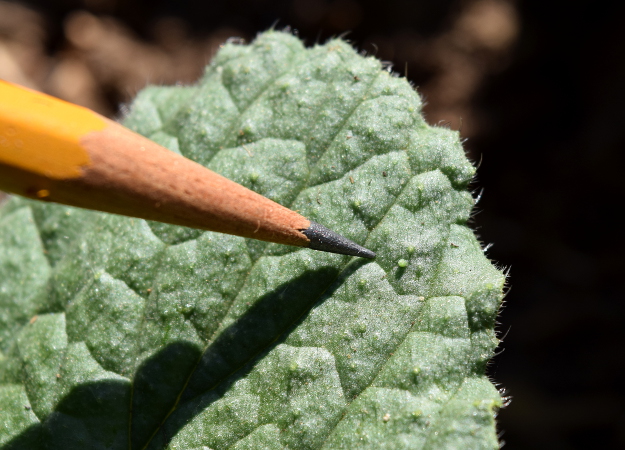


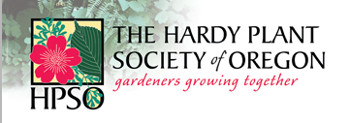





















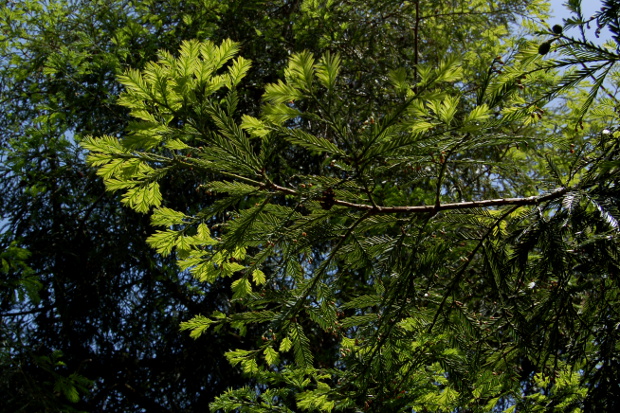

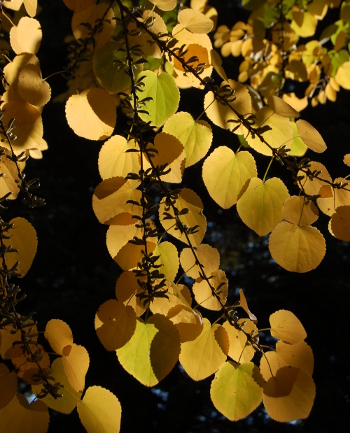

We raise Annis swallowtails on dill and fennel, in Oakland CA
Borage is blooming here now despite the cold
Liz
Hmmm… I wonder if we get anise swallowtails up here, too. We don’t get a lot of butterfly action in general. Wow, your borage is a trooper!
Dear Amy,
I realise this post is years old but you’ve helped me out.
I recently purchased an Insect Lore butterfly rearing kit which included 5 painted lady larvae and a sludge food. They recommend releasing the butterflies within 4 days to prevent them from laying eggs in the habitat as it would be near impossible to feed them all. After coming across your post and learning the caterpillars will eat borage (which I have an abundance of) I’ve decided to see what happens!
Thanks from me and the butterfly population in this little corner of England.
Exactly the same! As I have 3 from Insect Lore in pupae and ready to be transferred and 2 that came much smaller and are still trying to eat in a cup of mainly poo! So I’ve been looking for the right leaves as I don’t have nettle in the garden, and my sunflowers need their leaves! So borage is ideal 🙂
Glad to know about painted lady and borage. I let the borage self-seed throughout my garden for the pollinators. This is the first time I noticed damage to the plants.
Would transferring the caterpillars to thistle plants keep them off of the borage?
(The Life Cycle of Butterflies is one of my go to books)
Flo V
No! It is my understanding that once a caterpillar starts eating a particular host plant, it needs to continue eating that food. If moved to another species, it may die. I don’t think monarchs are so fussy–they can switch to different milkweeds–but other caterpillars aren’t so versatile.
I’ve been looking around for information on Painted Ladies because this years I have well over a 100 in my yard. Which is a first. The thing is that many of their caterpillars were eating milkweed and I have found nothing on that being a food source for them. I have milkweed all over my yard and I live in Minnesota. Also, I found nothing about the actual butterfly liking sedum Autumn Joy yet my plants are covered by them. They are over other flowers in my yard, I have a wildlife habitat, but most seem to prefer the sedum. I was hoping that maybe you would know something about that or maybe that you would know some one to contact for information. Thank you.
Hi Carmen, I am not surprised that the adults are loving your sedums, but I am very surprised the caterpillars are eating milkweed! I know the caterpillars eat a lot of different host plants, but I have never heard of milkweed being one of those. I guess it is possible. I will look into it!
Thank you for your response. I had never seen it happen before and I have been growing milkweed since 2003. Until they started turning into butterflies, I had no idea what they were. I guess they are adapting.
Last summer I found a caterpillar eating up a little volunteer helichrysum in my carport planter. After a little research I discovered that it was a painted lady caterpillar. As helichrysum is one of the few plants that thrives in that location, I planted several more as well as a few in my flowerbed.
Of course I have milkweed in my bed, but rarely have monarch caterpillars any more.
I found your post because I bought a borage seedling at a farmers market just to see what it was like. I have new pollinator bed with herbs and wildflower varieties for hummingbird, butterflies and bees.
How great that you looked it up instead of just destroying it like some people would have done! And you planted more for them. That’s wonderful.
I found some caterpillars with a healthy appetite on my borage. Took some time to identify and lo and behold, painted ladies. The borage plants are volunteers, my dogs love to eat the leaves. The bees are all over it.
So pleased I looked this up – I had noticed caterpillars all over my borage so I’m excited to watch them grow into butterflies!
Will they become chrysallisses on the plant itself?
Two wonderful books especially for local WA/OR flutterby enthusiasts:
(1) Life Histories of Cascadia Butterflies, David G. James and David Nunnallee, OSU Press, 2011.
(2) The Butterflies of Cascadia, Robert Michael Pyle [Founder: Xerces Society], Seattle Audobon Society, 2002.
Cheers!